Dogs mostly communicate through body language, but humans exchange information through verbal sound. This led to many human-dog misunderstandings.
One way to better communicate with your canine friend is learning how to read dog body language, especially with the tail because it is what dogs use the most to express their thoughts and feelings. Below is the list of dog tail translation for you to know what your dog’s tail is telling you about.
Your dog’s tail is telling you good
Tail held high and wagging means the dog is emotionally aroused and happy. This tail position also means a state of alertness or confidence.
Tail held high and stiff means the dog is at a high level of alertness and is displaying dominance. Your dog does this, for example, when it hears an unknown sound and curiously identifies it. If your pup is somewhere near another pet and has this stiff tail, it means to threaten and warn the other pet to stay away from its territory.
Your four-legged friend won’t do this to you as you are the owner. In case you approach other dogs from somewhere and he raises its tail up high and still, it means you should back off.
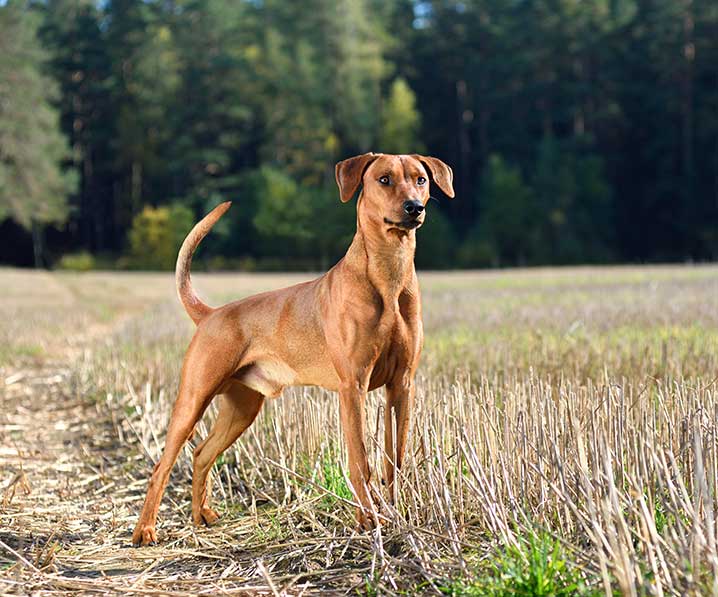
Tail held straight out
This position means the dog is finding something new and is taking new information. For more sensitive dogs, this stance means your pet is a little apprehensive about someone’s new or strange noises. If you have a sensitive canine friend and see his tail start sticking straight out, just give him space and time to figure things out.
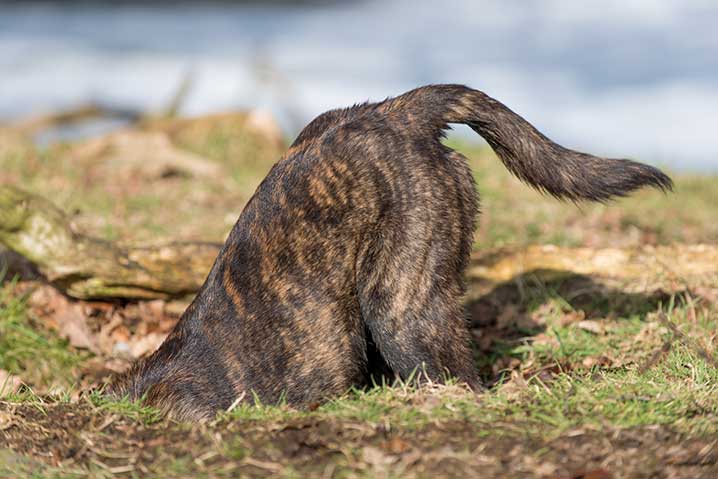
Full body tail wag
You probably see this wag when your pet greets you back home from work by the door. Often they will wag their tails in a large circle and shake their entire body with a submissive grin or with their mouths slightly open. The stronger the dog sways, the more it misses you and is happy to see you home.
Tail wagging on the right means your dog is relaxed and is pleased with a person or an animal that is known to him, or shows a desire to approach something.

Tail curled toward the head
If the tail is curled naturally in the direction of the dog’s head, your pet is relaxed or highly excited about the situation.

Dog’s tail position telling you bad
Tail wagging on the left means the dog is approaching something or someone who is unfamiliar to him/her. This also means the dog is hesitant and is trying to show dominance over the opponent.
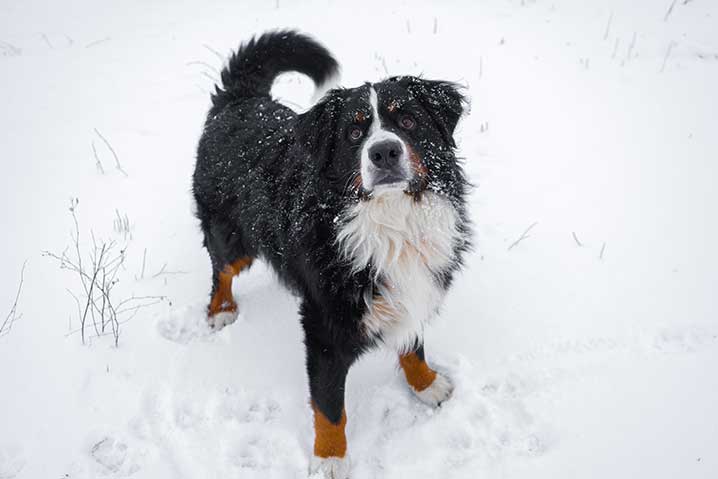
Tail pulled down means a dog is not comfortable with its surroundings, or worse, it could be feeling unsure, nervous, or anxious about the things and people around it. If tail down coupled with the head down (beta posture), your pet is submissive to its pack leader – you.

Tail tucked in between two legs indicates sadness or fear. If your canine has done something bad like peeing in the house, it will hide its tail between two legs and cover the genital area. When threatened, dogs tend to keep their tail tucked in to avoid fanning their scent into the air.
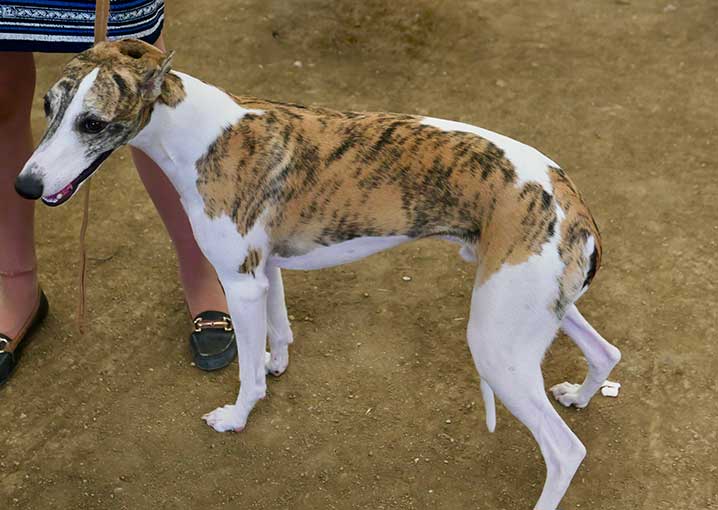
Tail curled toward the head If the tail naturally bends toward the dog’s head, it is good. But if the tail is being pulled to the head, it says the dog is overstimulated and is on high alert.
Distinguish the speed of the dog’s tail wagging
According to Stanley Coren’s research published in Psychology Today, the speed at which dogs wag their tails can also say a lot about their moods. Therefore, you should not ignore it if you want to gain more knowledge in your dog-raising journey.
Long and wide wag: This is a friendly dog that does not harm anyone.
Very fast wagging: A sudden, short, quick wag is often a sign that the dog is preparing to dash or fight. Be careful!
Slow, hesitant tail wagging: Your dog may be feeling nervous. Other signs that he is worried are avoiding eye contact, refusing food, or ignoring what is happening around him.
Quick wagging: A short wag often occurs when dogs meet and he feels shy of each other.
Tail wagging language differences between dog breeds
Many dog breeds have long and expressive tails, but there are some breeds that have their tails docked like the Corgi. In fact, the difference between the tail’s make up – the means of communication beyond the growl – has caused quite a surprising problem – language differences between dog breeds.
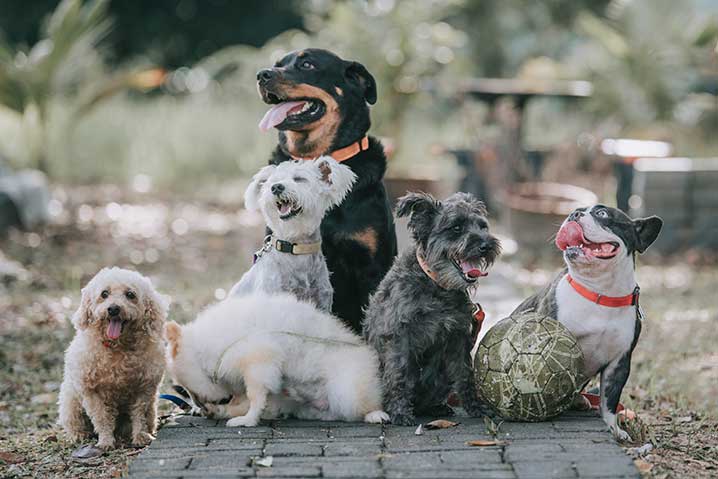
A study was conducted by observing the behavior of 400 dogs. All these dogs are in free contact with each other in a large area. During that time, there were a lot of conflicts between the different breeds. The short-tailed breeds seem to be weaker.
However, the results of the study showed that only 12% of the total accidents caused hostility. This shows that the tail plays an extremely important role in dog communication.
While the above information is quite enough for you to read out your furry friend’s tail language, it is also important to remember that every dog is not the same. The dog’s personality can lead to different tail movements and positions.
For example, while a more excitable dog would wag its tail like crazy when greeting, a stable dog may just use a slow and steady wag. It is advisable to observe your pup regularly and guess what it is trying to tell you by its tail.
Related posts:
References: https://www.cell.com/current-biology/fulltext/S0960-9822(07)00949-9
